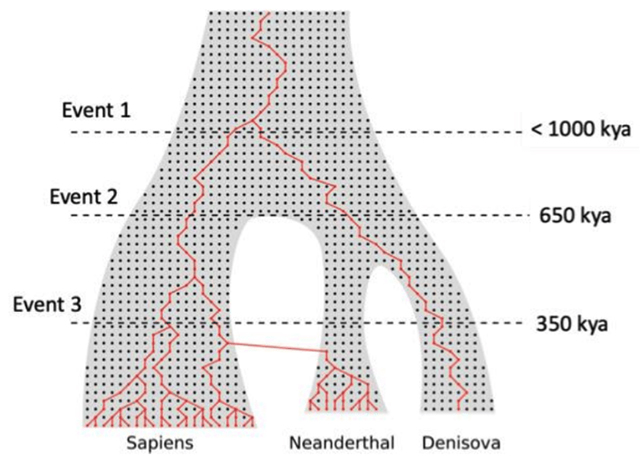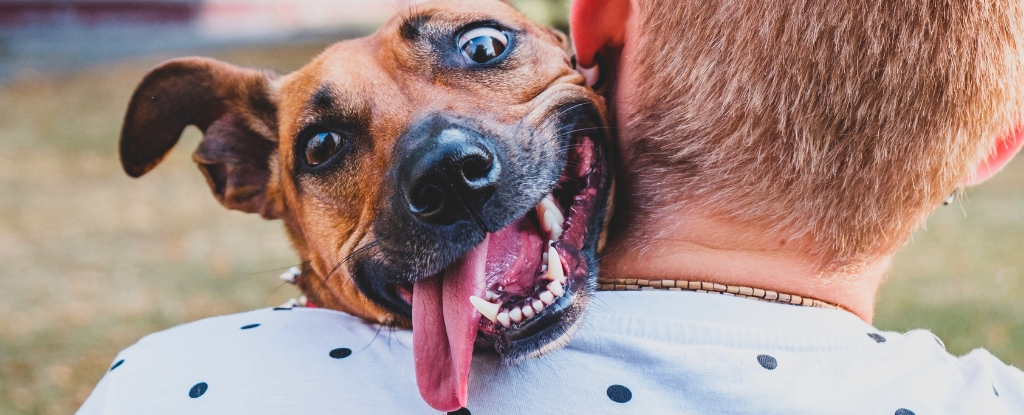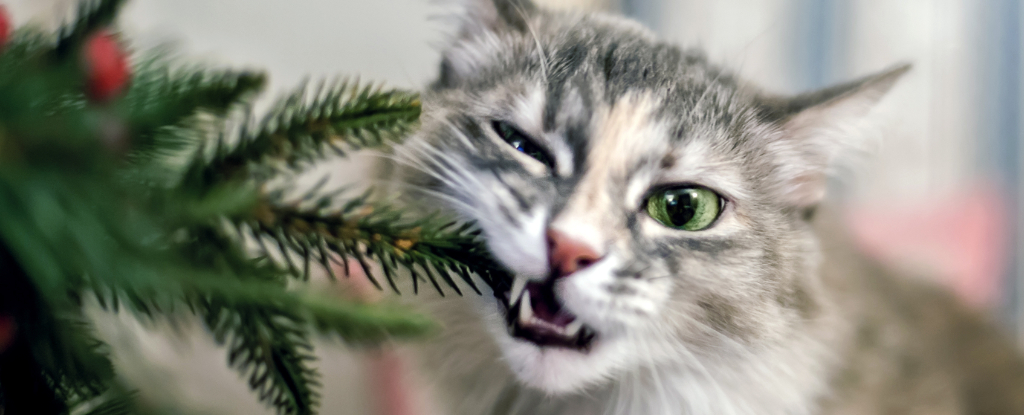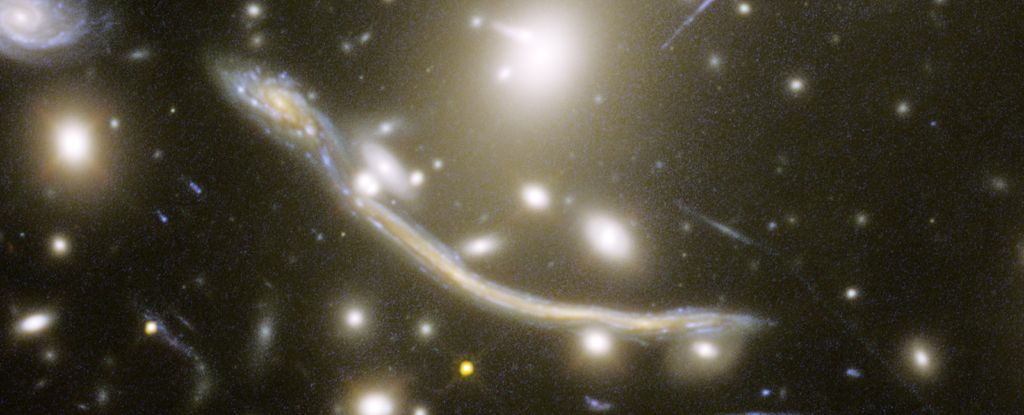ARTICLE AD
Our species is defined by a long list of cultural and genetic traits that set us apart from our ancient counterparts.
New research suggests at least some key distinctions date back earlier than previously estimated, hinting that modern and archaic humans – including our close, extinct relatives – have more in common than we ever thought.
"Our results point to a scenario where Modern and Archaic should be regarded as populations of an otherwise common human species, which independently accumulated mutations and cultural innovations," writes a team of researchers led by biologist Luca Pagani from the University of Padova in Italy.
In a study of critical rearrangements of our chromosomes and select variations in our genes, the team looked at genome databases built from Neanderthal fossils, Denisovan fossils, and modern human samples.
One specific change they analyzed is the translocation of human PAR2 (pseudoautosomal region 2), a swapping of the tips of our X and Y chromosomes. This occurred relatively recently in primate evolution and effectively improved reproduction rates and genetic stability in males – pretty crucial for species that want to persist.
 Representation of human sex chromosomes, Y (top) and X (bottom), with PAR2 seen at the far tips of the long arm on each chromosome. (Kelkar et al., PLOS ONE, 2009/CC BY 2.5/Wikimedia Commons)
Representation of human sex chromosomes, Y (top) and X (bottom), with PAR2 seen at the far tips of the long arm on each chromosome. (Kelkar et al., PLOS ONE, 2009/CC BY 2.5/Wikimedia Commons)Together with a major rearrangement that generated the human chromosome 2, changes to PAR2 are what separate humans from apes and chimpanzees.
The last ancestor of today's Y chromosome can be traced back to a little over 300,000 years ago, long after our split from Neanderthals.
Some time prior to this last common ancestor's existence, the changes occurred in our PAR2 region that helped define a major milestone in modern human evolution. The question is, did it happen before or after humans and Neanderthals parted ways?
The genome database information was mapped against three key events in our evolution: 1, a population bottleneck event 900,000 years ago; 2, the separation that resulted in Neanderthals, Denisovans, and modern humans 650,000 years ago; and 3, the reintroduction of Neanderthals to modern humans, combining genomes again 350,000 years ago.
 The researchers charted genetic differences between human species. (Pagani et al., bioRxiv, 2024)
The researchers charted genetic differences between human species. (Pagani et al., bioRxiv, 2024)"If we are searching for an instant that defined the human lineage," the study authors write, "we can state that the events that made all of us humans are represented by the chromosome 2 fusion and PAR2 translocation."
The team's analysis took into account mutations in the Y chromosome's PAR2 that weren't present in the X, helping pin down further the timing of a common ancestor for the translocation event.
Crucially, they found that the PAR2 change happened way before Event 2, when it's accepted that Neanderthals and humans diverged. It means critical genetic changes that define us as modern humans may go back further than we realized.
"Putting together the various lines of genetic evidence accumulated so far, we can partition the derived features that concur in defining us as 'modern humans' in a time and evolutionarily informed way," write the researchers in their paper.
In fact, the researchers say the PAR2 translocation probably occurred closer to Event 1, a severe population bottleneck for the ancient ancestors to both Homo sapiens and Neanderthals. That fits with another important shift in human evolution, the chromosome 2 fusion.
In other words, the genetic seeds of what make us special as human beings stretch back close to a million years ago. Since then, various periods of population growth and shrinkage, together with more cultural influences, have helped separate us from Neanderthals and Denisovans.
The team identified functional variations in 56 genes between modern humans and our distant cousins, emerging soon after Event 2 (many linked to brain and skull traits). During Event 3, a period of Neanderthal and Homo sapiens interbreeding, most of these genetic traits weren't passed back to the Neanderthals.
That's perhaps due to population pressures, or societal norms, the researchers suggest. It again raises the question of just how much sets us apart from the Neanderthals – a question that several studies have already asked.
While the researchers don't definitively answer that question – nor explicitly seek to draw the line between different kinds of human species – the authors suggest we have more in common with our archaic counterparts than we previously realized, to the point that such distinctions might need to be re-evaluated.
The study has yet to be peer-reviewed but is available on the preprint server bioRxiv.

 1 day ago
19
1 day ago
19 

